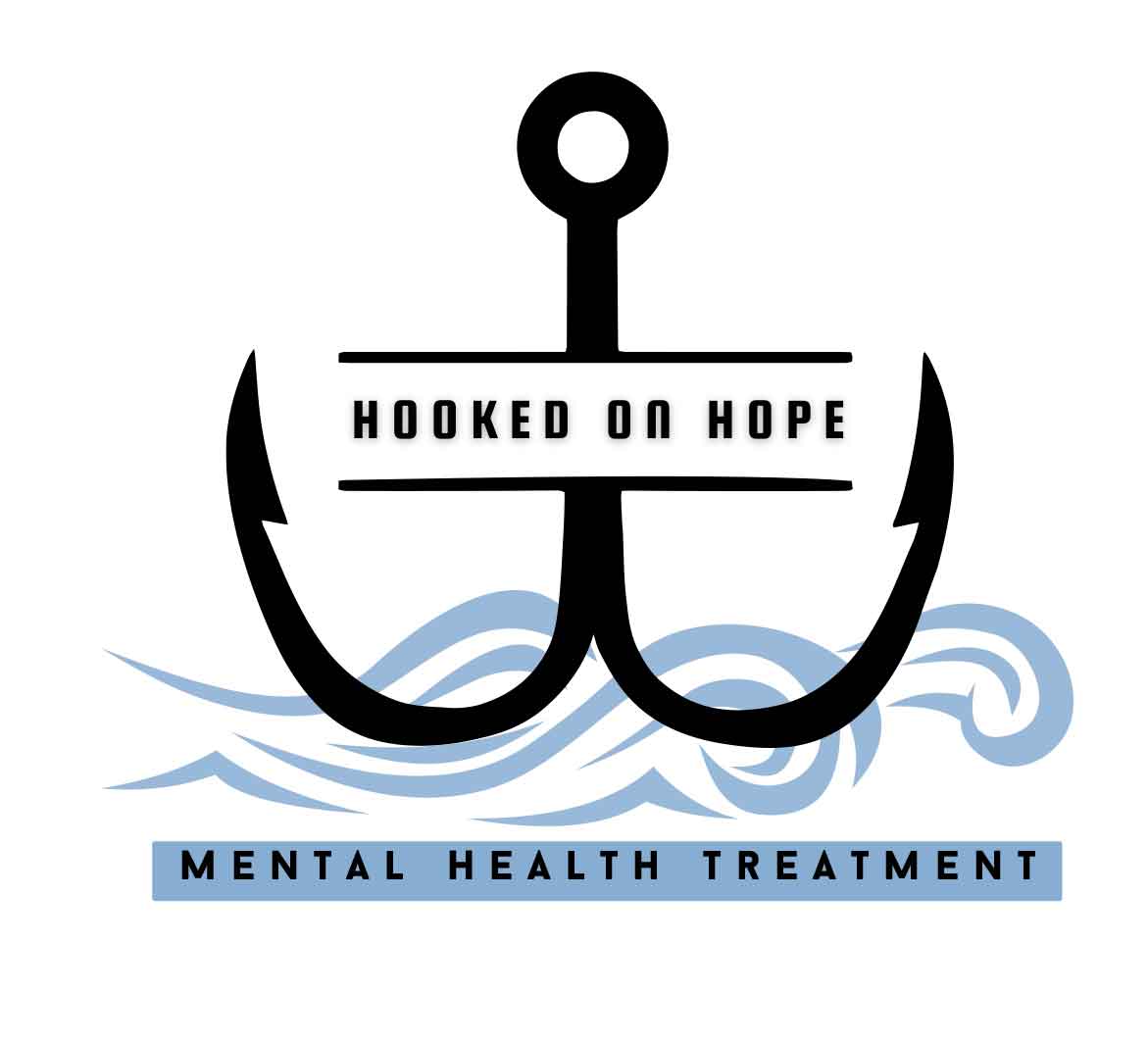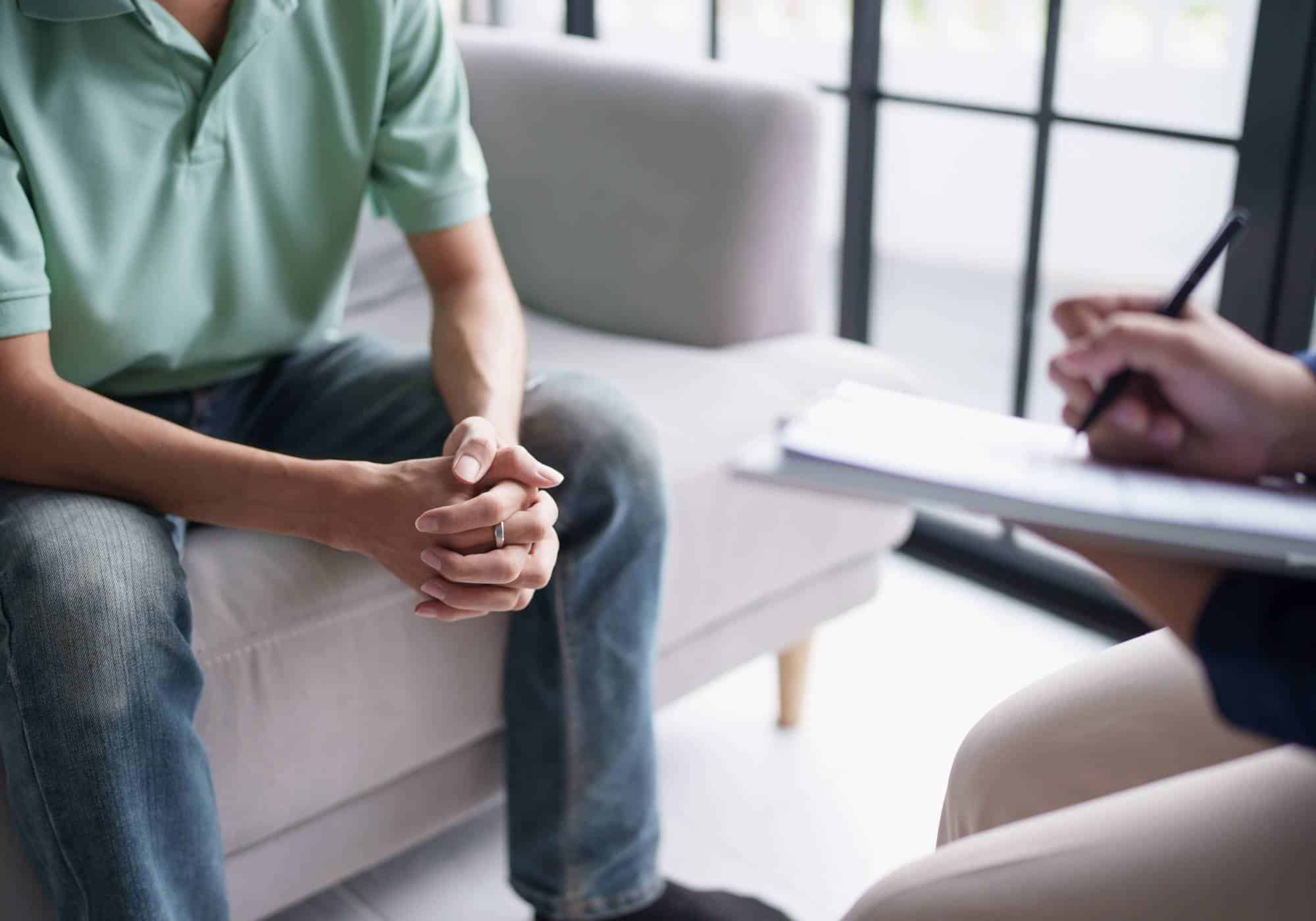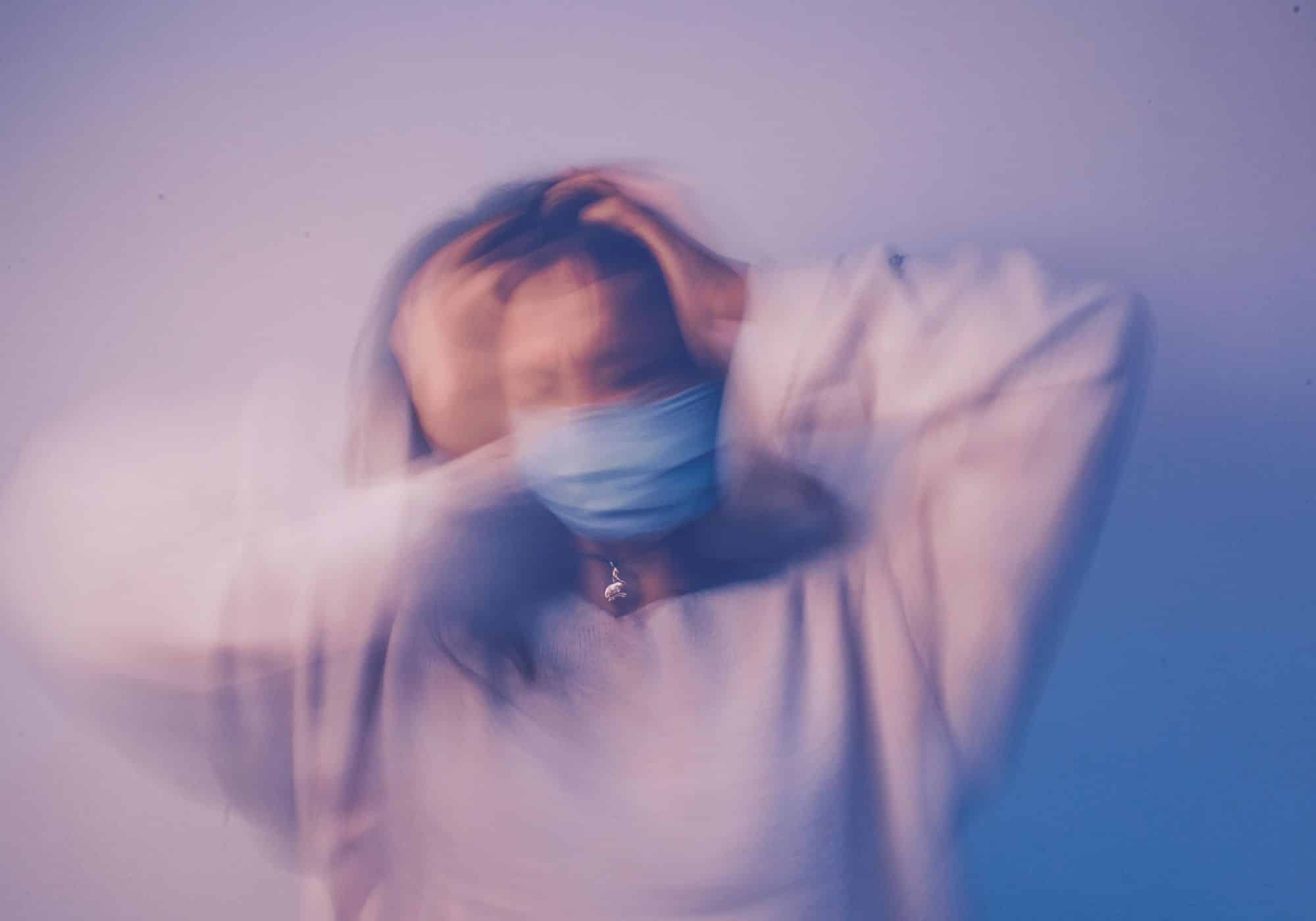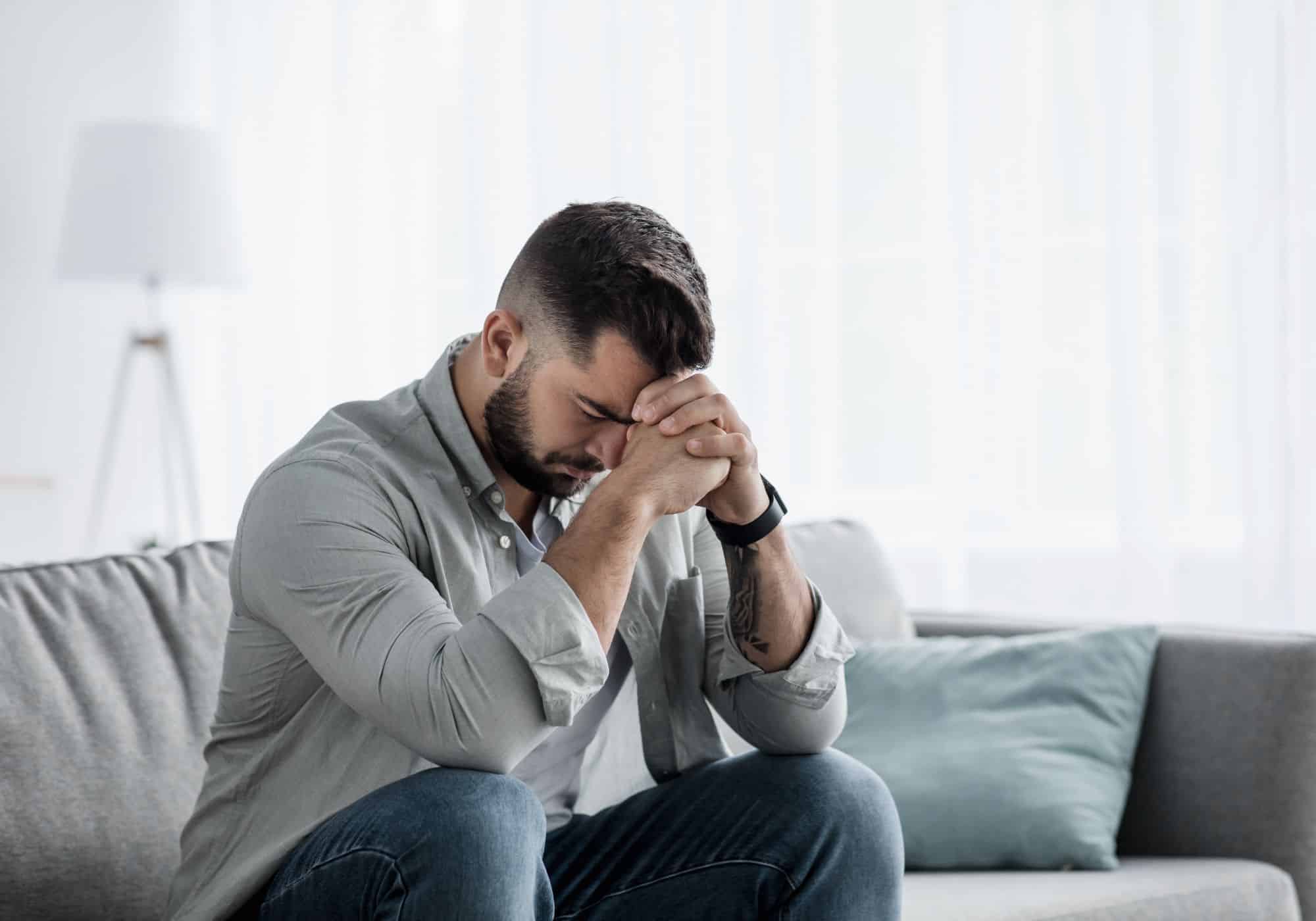Living with generalized anxiety disorder (GAD) presents a unique set of challenges, but with the right approach, it is entirely possible to lead a fulfilling and productive life. This journey begins with a professional diagnosis and a comprehensive treatment plan that often includes behavioral therapy, medication, and a variety of other coping strategies. Beyond the clinical setting, individuals can learn to live well with GAD by integrating a combination of relaxation techniques, actively challenging negative thought patterns, and making positive lifestyle changes to reduce overall stress. A crucial aspect of living with generalized anxiety disorder is being socially engaged and making a consistent effort toward healthy self-care.
Generalized anxiety disorder causes excessive, pervasive, and often uncontrollable worry about many different things, ranging from everyday concerns like work or family life to larger, more abstract fears. The key difference between healthy anxiety—a normal, temporary response to a stressful situation—and GAD is that the worry is disproportionate to the situation, difficult to control, and persistent for a period of six months or more. This type of extreme anxiety can feel debilitating, but it is a treatable mental health condition.
It is possible to live well with GAD if a person gets professional help, consistently practices the relaxation strategies they learn, actively works toward changing negative thoughts, and adopts healthy habits that minimize stress. This holistic approach empowers individuals to take control of their anxiety rather than letting it control them.
Getting Diagnosed and Treated for Generalized Anxiety Disorder
Living with GAD presents many challenges, but without professional intervention, it can strip all the joy and spontaneity from a person’s life. The best and most important first step for anyone who struggles with persistent and excessive anxiety is to seek a professional evaluation. A psychiatrist or other qualified mental health professional will use a combination of observations, detailed interviews, and other diagnostic tools to determine if the symptoms meet the criteria for a diagnosis of GAD or another anxiety disorder. This accurate diagnosis is the essential foundation upon which an effective treatment plan can be built.
Treatment for GAD is not about finding a cure, as anxiety disorders are chronic conditions, but about learning to manage them successfully. Medication is often an important component of a comprehensive treatment plan. Patients may be prescribed benzodiazepines for short-term relief from acute anxiety, while antidepressants—which take longer to become effective—are often used for long-term management.
Alongside medication, patients with anxiety disorders benefit immensely from therapy. Cognitive behavioral therapy (CBT) is widely considered the gold standard for managing GAD. CBT teaches patients to recognize and challenge negative thought patterns and behaviors, become more aware of irrational fears, and develop proactive steps to change them. A comprehensive treatment plan also includes teaching practical strategies for relaxation, for coping with stress, and for integrating healthy habits that actively combat anxiety.
Taking Active Steps to Combat Anxiety
A professional treatment plan is only the beginning when it comes to living with GAD. For the best long-term outcomes, it is crucial for individuals to be proactive and take consistent steps to prevent and manage anxiety on their own. A good treatment program will teach patients a wide range of strategies for controlling anxiety after formal sessions have ended. It will also help each patient develop a personalized plan for using these and other strategies in their daily life. While intensive care, such as an outpatient program, is a great way to kick-start the process, the patient must ultimately take control and take active steps for lifelong success in combating anxiety.
The Link Between Physical Health and Living With GAD
The physical body and the anxious mind are deeply intertwined. Living with GAD often involves a host of physical symptoms, from a racing heart and shortness of breath to chronic muscle tension, digestive issues, and fatigue. This is because anxiety triggers the body’s fight-or-flight response, releasing stress hormones like cortisol and adrenaline. The good news is that by addressing physical health, you can directly impact your mental well-being.
- Sleep: Chronic anxiety often leads to insomnia, but lack of sleep also increases anxiety levels, creating a vicious cycle. Prioritizing consistent, high-quality sleep is one of the most powerful tools for managing GAD.
- Diet: A healthy diet rich in fruits, vegetables, and lean proteins can help stabilize blood sugar levels and provide the brain with the nutrients it needs to function properly. Conversely, high sugar and caffeine intake can exacerbate anxiety symptoms.
- Exercise: Regular physical activity is a natural anxiety reducer. Exercise releases endorphins, which are natural mood elevators, and helps to reduce the levels of stress hormones in the body. It also provides a healthy outlet for anxious energy and tension.
Understanding this mind-body connection empowers individuals to use their physical health as a powerful lever for managing GAD.
Changing Negative Thoughts to Positive
One of the most powerful skills a person in treatment for anxiety disorders can learn is how to change negative thoughts and behaviors. This is the central strength of Cognitive Behavioral Therapy (CBT). When a patient fully engages in CBT, they learn how to apply these strategies and continue to use them long after their therapy sessions are over. While anxiety is not something that can simply be wished away, the negative thoughts that fuel it can be altered and reframed.
Changing negative thoughts begins with awareness. Anxiety often operates on autopilot; it is easy to worry without giving it much thought. CBT teaches patients to be more mindful and to actively recognize when they are feeling anxious and to pinpoint the specific thoughts that are causing it. They then learn to take those negative thoughts—such as “If I give this presentation, I’ll mess up and everyone will think I’m a failure”—and change it to something more positive and realistic: “I’ve prepared for this presentation, and even if I make a mistake, it’s not the end of the world. My colleagues will be supportive, and I will learn from the experience.”
Mastering this skill takes consistent practice, but with the right tools from a good therapist and active engagement in the process, it becomes easier over time. The more a person actively tries to recognize and change the negative thoughts associated with worry, the more manageable and minimized their anxiety becomes.
Using Relaxation Techniques
A good treatment plan for anxiety teaches patients how to induce relaxation in stressful situations. Having a toolkit of practical strategies allows a person to take immediate, effective steps to reduce rising anxiety and relax both the mind and body.
These techniques are designed to interrupt the stress response and bring quick relief when anxiety threatens to take over:
- Deep breathing: This simple technique involves slow, deep breaths to intentionally lower the heart rate and calm the nervous system, reversing the physical effects of anxiety.
- Meditation: Mindfulness meditation, which involves focusing on the present moment, is known to significantly reduce stress and anxiety, even with just a few minutes of practice each day. Practices like tai chi and yoga also incorporate mindful movement to promote calm.
- Progressive muscle relaxation: This technique involves systematically tensing and then relaxing different muscle groups in the body. It not only releases physical tension but also draws the mind away from anxious thoughts and focuses it on the physical sensation of relaxation.
- Autogenic relaxation: This involves using a combination of self-suggestions and peaceful imagery to induce a state of deep relaxation. Imagining words or mantras like “my arms feel heavy and warm” can create a calming physical response.
- Visualization and guided imagery: This practice uses the power of the imagination to reduce stress by visualizing a peaceful or calm place and engaging all the senses—what it looks, sounds, smells, and feels like.
These relaxation strategies can be powerful tools for managing anxiety, but their effectiveness increases with practice. The more you use them in times of low stress, the more useful they will be when anxiety is at its peak.
Making Lifestyle Changes and Healthy Habits
Healthy lifestyle habits and positive changes are crucial in creating a life in which anxiety and stress are minimized. For some, making significant changes may be necessary to reduce stress. For instance, a highly demanding job may be the primary cause of stress, requiring a career change. A toxic relationship may cause more stress than enjoyment, necessitating the need to set boundaries or end the relationship.
Smaller but equally important changes and healthy habits that promote a positive mindset with less anxiety include:
- Eating a healthy diet: Nourishing your body with whole foods can stabilize blood sugar levels and improve your mood.
- Getting adequate exercise: Regular physical activity is a powerful way to reduce anxiety, release pent-up energy, and improve sleep.
- Avoiding smoking, alcohol, and drugs: While these may seem like temporary ways to cope, they ultimately worsen anxiety over the long term.
- Getting enough high-quality sleep: A consistent sleep schedule is vital for regulating mood and managing anxiety.
- Spending time on enjoyable and relaxing activities: Hobbies, creative pursuits, and time in nature can be powerful forms of stress relief.
- Taking time to be alone and reflective: Solitude can be a restorative practice that helps you reconnect with yourself and process emotions without external pressure.
- Being more socially engaged: Connecting with others and building a strong support network is a crucial buffer against anxiety and feelings of isolation.
Building a Support System: Why It’s Crucial for Living With GAD
One of the most effective ways to manage living with GAD is by building and maintaining a strong support system. Anxiety often tricks the mind into believing it is alone, so a network of trusted individuals is essential to counteract this feeling.
This support system can take many forms:
- Friends and Family: These individuals can provide emotional support, a listening ear, and practical help. It’s important to be open with them about your struggles so they can offer the right kind of support without judgment.
- Support Groups: These groups, whether in-person or online, offer a unique sense of community with others who share similar experiences. This can reduce feelings of isolation and provide a safe space to share coping strategies.
- Therapists: A mental health professional is a critical part of your support system, offering a trained, objective perspective and providing the tools and strategies needed to navigate your anxiety.
A strong support system acts as a safety net, making it easier to ask for help and ensuring you don’t have to face the challenges of GAD alone.
Caring for Someone with Generalized Anxiety Disorder
Living with GAD and loving someone who struggles with it can be challenging. It can test your patience and lead to compassion fatigue, but understanding the condition is key to providing effective support. The first step in helping someone with excessive anxiety is to listen to them without judgment and to gently encourage them to seek professional help for diagnosis and treatment. If they are already in treatment, encouraging them to stick with it and providing consistent support is crucial.
Patience and empathy are needed when living with someone with GAD. It is important to educate yourself about anxiety disorders to better understand their experience. Remember that anxiety is a real illness, not a choice. Avoid reactions that may exacerbate their anxiety. Instead, be a friend, a reliable source of support, and encourage them to go out and socialize. A greater social connection helps reduce the burden of anxiety and makes them feel less alone.
Ongoing Treatment and Care
For anyone striving to live well with GAD, it is important to remember that this is a chronic illness. Managing it requires active, consistent, and ongoing care. With a solid foundation of professional treatment and a dedication to self-care, most patients can lead fulfilling lives. However, there is always a chance that anxiety will flare up again. It is important not to get frustrated by these setbacks but to view them as a normal part of managing a chronic condition, just like any other long-term illness. Recognizing the need for occasional tune-ups with a professional is a sign of strength, not weakness.
Begin Your Recovery Journey
If you are seeking support for living with generalized anxiety disorder, know that you are not alone. Hooked on Hope Mental Health offers comprehensive outpatient mental health treatment in Atlanta, providing the tools and expert guidance needed to manage your anxiety and reclaim your life. Our team is dedicated to helping you build a solid foundation for lasting wellness. Contact us today at 470-287-1927 or via our online contact form for a free confidential assessment.
Living With Generalized Anxiety Disorder FAQs
What is the main difference between GAD and normal anxiety?
The main difference is the intensity, duration, and pervasiveness of the worry. GAD involves excessive, uncontrollable worry about many things for at least six months, whereas normal anxiety is a temporary response to a specific, stressful event.
Can GAD be cured?
GAD is a chronic condition and has no known cure, but it can be successfully managed. With professional treatment, coping skills, and a healthy lifestyle, people can learn to live well and minimize the impact of anxiety on their lives.
What is the best treatment for GAD?
The most effective approach is often a combination of professional treatment, including Cognitive Behavioral Therapy (CBT) and, in some cases, medication. A holistic approach that also includes lifestyle changes is highly recommended.
Are there natural remedies for GAD?
Natural remedies for GAD often involve lifestyle changes such as regular exercise, a healthy diet, adequate sleep, and relaxation techniques like meditation and deep breathing. It is always important to consult with a professional before trying any new supplements.
How can I support a loved one with GAD?
You can support a loved one by listening without judgment, encouraging them to seek and stick with professional treatment, educating yourself about the condition, and providing a source of stability and friendship.







